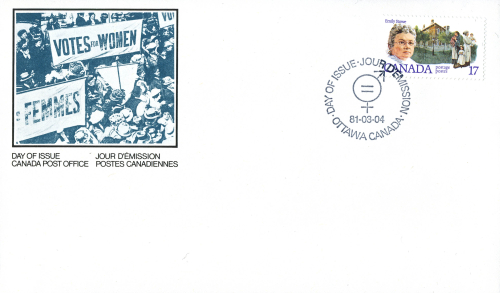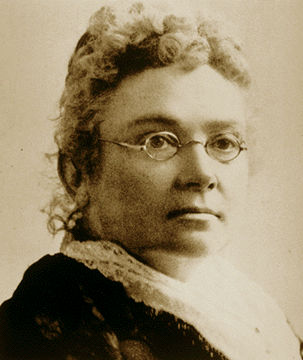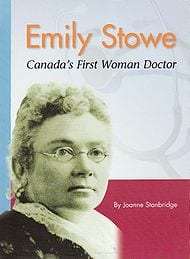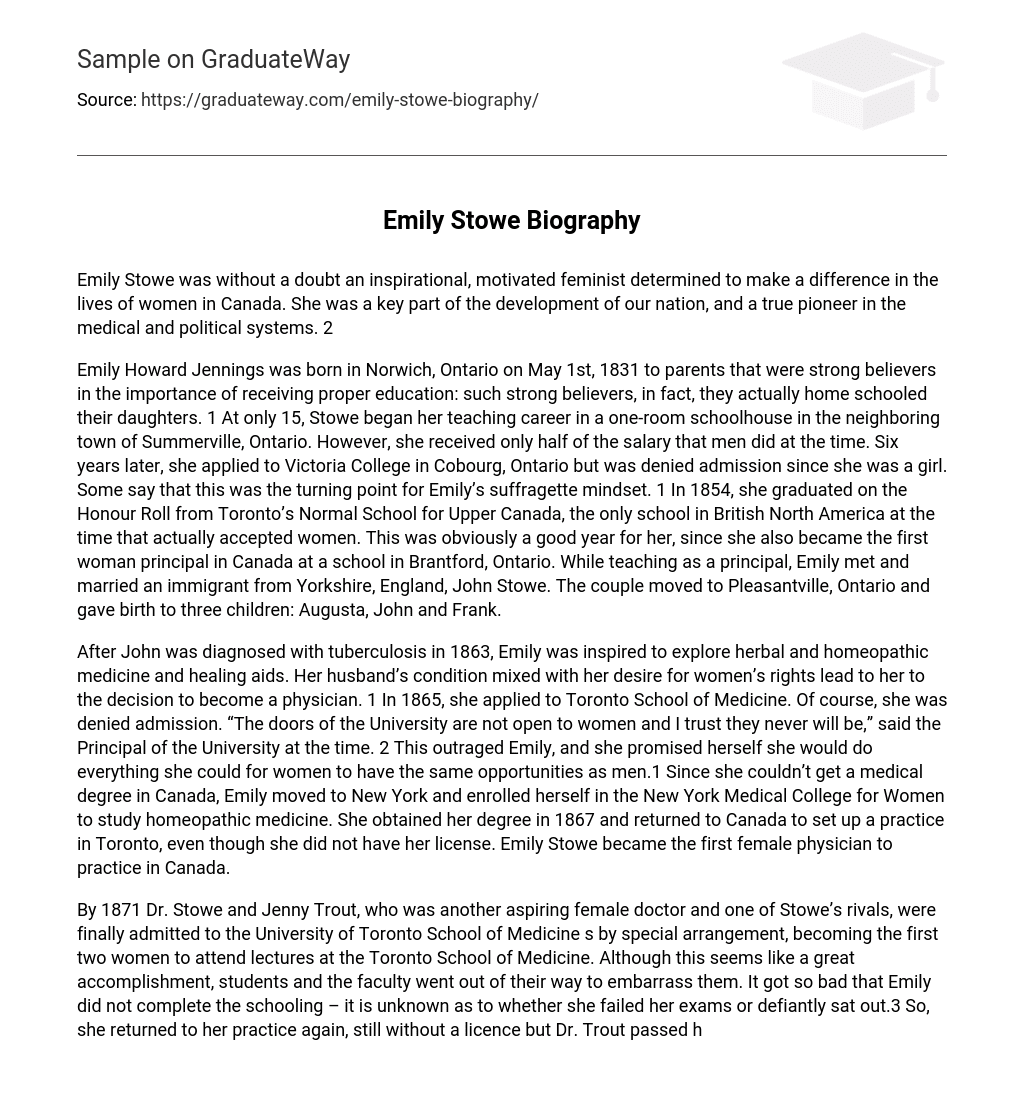Emily Stowe was a pioneering Canadian physician and women's rights activist. Born in 1831 in Norwich, Upper Canada (now Ontario), Stowe was the eldest of nine children. She was raised in a strict and religious household, and her parents encouraged her to pursue an education.
After completing her schooling, Stowe began teaching at a local school. She later married John Stowe, a farmer and businessman, and the couple had three children together. Despite her busy life as a mother and teacher, Stowe remained committed to continuing her education and pursued further studies in literature and science.
In the late 1860s, Stowe became interested in the field of medicine and began studying anatomy and physiology on her own. She eventually decided to pursue a formal medical education, but at the time, there were no medical schools in Canada that admitted women. Undeterred, Stowe traveled to the United States to attend the New York Medical College for Women, where she received her medical degree in 1875.
Upon returning to Canada, Stowe faced significant challenges in her efforts to establish a medical practice. Despite being a qualified physician, she was not permitted to join the Ontario Medical College or the Ontario Medical Association due to her gender. Undeterred, Stowe opened her own medical practice in Toronto, becoming the first woman to do so in Canada.
In addition to her work as a physician, Stowe was also an activist for women's rights. She was a founding member of the Toronto Women's Literary Club and the Canadian Women's Suffrage Association, and she worked tirelessly to promote the cause of women's suffrage. Stowe's efforts eventually paid off, and in 1916, women in Ontario were granted the right to vote.
Throughout her career, Stowe faced numerous challenges and obstacles due to her gender, but she remained determined and dedicated to her work. She is remembered as a trailblazing figure in the field of medicine and as a pioneer for women's rights in Canada. Emily Stowe died in 1903, leaving behind a legacy of determination, perseverance, and activism that continues to inspire women today.






